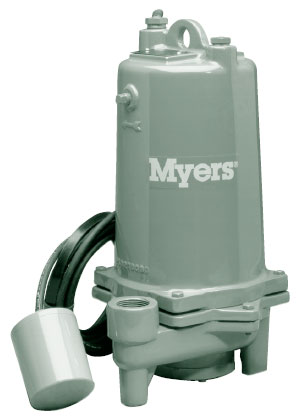There are lots of different options in portable and versatile machine coolant recycling and filtration systems, and these are ideal options for many different applications in machine shops and other similar types of operations.
For larger scale metalworking facilities, a centrally located machine coolant filtration system may be the most effective option. This allows for greater customization and control over the process, with options to configure the process and the system to meet very specific requirements based on the shop, the equipment, and the job.
When making a choice between more portable systems of a central machine coolant filtration system, consider the following issues and how they apply to your shop configuration and work throughout.
What is Required
Not all central coolant filtration and recycling systems offer the same features and functions, so it is essential to compare options. For example, there are complete ultrafiltration systems on the market that not only allow for coolant recovery, but they also include a tramp oil separation function as well as features such as a clean-in-place tank.
Some of the top systems can be fully automated, allowing for maximum efficiency without the need for continual operator oversight. With automation, there is less risk of skipped filtration cycles, which results in high quality coolant and less risk of equipment failure due to contaminants in the coolant.
Capacity of Filtration
A larger central machine coolant filtration system also has a larger capacity for filtration and recycling of the coolant. In high production types of shops, this becomes critical, as the smaller portable units may not be able to provide the capacity for filtration required.
The key factor in any type of central coolant recycling and filtration system is always in the shop space and the location of the unit. There are some very compact systems on the market, providing an ideal balance between the unit’s footprint and the filtration capacity requirements.



